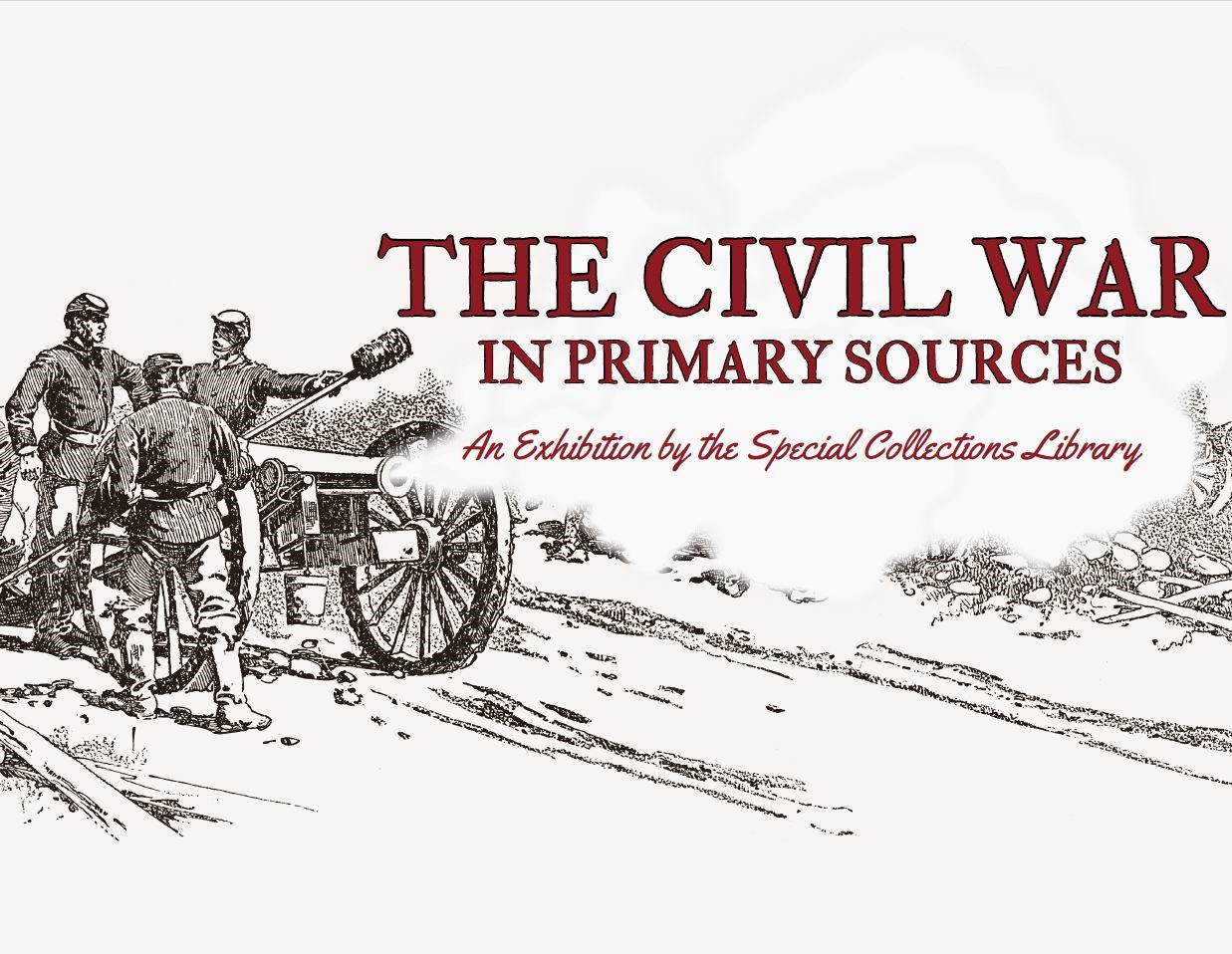
Preview

Creation Date
6-29-1995
Description
The U.S. Postal Service issued this 20 stamp commemorative panel on June 29, 1995 at Gettysburg, Pennsylvania. The twenty stamps commemorate battles and people of the American Civil War with brief sketches on the back of the stamps.
Monitor – Virginia – Monitor & Virginia (Merrimack) March 9, 1862. In the first clash of the ironclads, USS Monitor and CSS Virginia battled to a stalemate, preserving US blockade at Hampton Roads, VA. Virginia burned in May. Hatteras gale sank Monitor.
Robert E. Lee – Confederate General Robert Edward Lee, 1807-1870. Army of Northern Virginia Commander, 1862-65. Won Seven Days’ Campaign, 2nd Manassas, Chancellorsville. Repelled at Gettysburg. Surrendered April 9, 1865. Became college president.
Clara Barton – Union Nurse Clara Harlowe Barton, 1821-1912. “Angel of the Battlefield” nursed the wounded at Antietam and at Virginia battlefields. Helped identify and mark graves at Andersonville prison. Founded American Red Cross.
Ulysses S. Grant – Union Lt. General Ulysses S. Grant 1822-1885 Gained national fame with “unconditional surrender” victory at Fort Donelson. Crafted brilliant wins at Vicksburg, Chattanooga. Forced Lee’s surrender. U.S. President 1869-77.
Shiloh – April 6-7, 1862 Confederates surprised Grant at Pittsburg Landing, TN, but lost General A.S. Johnston, Union counterattack at Shiloh Church forced Southerners to withdraw. Casualties: 13,050 Union, 10,7000 Confederates.
Jefferson Davis – President of the Confederacy Jefferson Finis Davis, 1808-1889. Ex-U.S. Senator from Mississippi, named provisional CSA head Feb. 1861. Quarreled with military about war tactics and strategy but supported Lee. Captured May 1865 in GA, imprisoned two years.
David Farragut – Union Vice Admiral David Glasgow Farragut, 1801-1870. A midshipman at age 9. Electrified the North with daring naval assault to capture New Orleans. Yelled “Damn the torpedoes! Full speed ahead!” during the attack at Mobile Bay.
Frederick Douglass – Journalist-Orator Frederick Douglass, c1818-1895. “Wielding . . . pen . . . voice,” ex-slave campaigned for rights for Blacks, women. Assisted runaways to Canada. Helped recruit Blacks for 54th Massachusetts Regiment. U.S. Minister to Haiti.
Raphael Semmes – Confederate Rear Admiral Raphael Semmes, 1809-1877. Audacious commander of C.S.S. Sumpter and Alabama plagued Union shipping, capturing or destroying more than 90 vessels. Professor, editor, lawyer. Wrote books of exploits.
Abraham Lincoln – 16th U.S. President Abraham Lincoln, 1809-1865. Illinois “Rail-Splitter” pursued war vigorously to restore the Union “of . . . by . . . and for the people.” Urged “malice toward none.” Assassinated five days after Lee’s surrender.
Harriet Tubman – Abolitionist Harriet Ross Tubman, c1821-1913. Fugitive slave who fled to freedom. As “Moses of her people,” led over 200 Blacks north via Underground Railroad. Served Union Army as cook, spy and scout.
Stand Watie – Confederate Brig. General Stand Watie (De-ga-do-ga), 1806-1871. Known for guerilla tactics tying down Union troops. Sole CSA Indian General raised Cherokee regiment, fought at Pea Ridge, captured federal steamboat. Last CSA General to surrender.
Joseph E. Johnston – Confederate General Joseph Eggleston Johnston, 1807-1891. Commander CSA forces Northern Virginia 1861-62. Wounded at Seven Pines. Master defensive strategist bickered often with Davis. Led Army of Tennessee, Dalton to Atlanta
Winfield Hancock – Union Major General Winfield Scott Hancock, 1824-1886. Brigade, Division, Corps Commander at Fredericksburg, Chancellorsville. Played major role in Union victory at Gettysburg, but was severely wounded. Presidential candidate 1880.
Mary Chestnut – Confederate Diarist Mary Boykin Miller Chestnut, 1823-1886. Astute, articulate hostess. Wife of aide to Jefferson Davis. Wrote of daily life, events, amid South’s officialdom. Her plain-spoken journal, published posthumously, sparkles with wit and irony.
Chancellorsville – Chancellorsville May 1-6, 1863. Greatly outnumbered, Lee boldly split forces, routed Hooker’s Union army. Mortal wounding of Stonewall Jackson overshadowed Rebel victory. Casualties: 17,300 Union, 12,800 Confederate
William T. Sherman – Union Major General William Tecumseh Sherman, 1820-1891. Blunt, grizzled strategist distinguished himself at Shiloh and Vicksburg. Captured Atlanta. Introduced total warfare in his March across GA and through the Carolinas. Negotiated lenient peace.
Phoebe Pember – Confederate Nurse Phoebe Yates Levy Pember, 1823-1913. Directed care and dietary needs of over 10,000 soldiers at Richmond’s Chimborazo, one of CSA’s largest hospitals. Specialty: chicken soup. Criticized poor care in her A Southern Woman’s Story.
Stonewall Jackson – Confederate Lt. General Thomas Jonathan Jackson, 1824-1863. Nicknamed “Stonewall” at First Manassas. Brilliant tactician in Shenandoah Valley Campaign. Fatally wounded by own men after routing Union right flank at Chancellorsville.
Gettysburg – Gettysburg July 1-3, 1863. Lee invaded North 2nd time. Encounter led to carnage as Union Gen. George Meade elected “to stay and fight,” repelling Pickett’s Charge. Casualties: 23,050 Union, 28,075 Confederate.
Keywords
U.S. Civil War 1861-1865, Stamps
